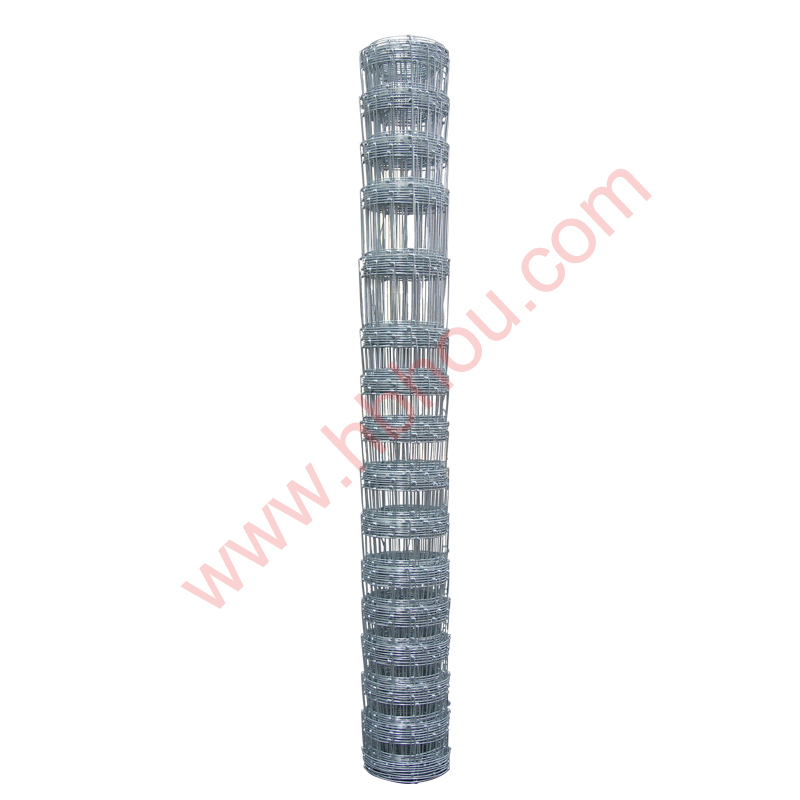Setting Fence Posts on Uneven Ground
Setting fence posts can be a challenging task, especially when the terrain is uneven. Whether you’re building a privacy fence, a livestock enclosure, or a decorative boundary for your garden, ensuring that your fence posts are secure and level is crucial for the overall stability and appearance of the fence. In this article, we'll explore techniques for setting fence posts effectively on uneven ground.
Assessing Your Site
Before you begin the installation process, it’s important to assess the terrain. Walk the area where the fence will be installed and note any significant changes in elevation, rocks, or other obstacles. Understanding the layout will help you plan the placement of your fence posts and decide if any additional preparation is needed.
Choosing the Right Materials
Selecting the right materials is key to a successful fence installation. If your fence will be supporting heavy loads, such as livestock or climbing plants, consider using pressure-treated wood, vinyl, or metal posts. Additionally, concrete for setting the posts will provide extra stability, especially in uneven ground. Ensure that you have all necessary tools on hand, including a post hole digger, level, measuring tape, and shovel.
Digging the Post Holes
For uneven ground, it's often best to dig post holes to varying depths to accommodate the slope. Start by marking the location of each post according to your fence layout. Generally, posts should be spaced 6 to 8 feet apart, but this can vary based on the type of fence you are building. Use a measuring tape to maintain consistency.
When digging, make the holes wider than the diameter of the posts to allow for proper placement and adjustment. For sloped areas, you may need to dig deeper on the higher side to ensure that the posts are all level when set.
Setting the Posts
setting fence posts on uneven ground

Once the holes are ready, it's time to set the posts. Place the post in the center of the hole and use a level to check that it is vertically straight. A common technique for ensuring your posts are level involves using a DIY brace made from scrap wood. Hammer stakes into the ground as supports at angles against the post to keep it upright while you fill the hole.
For uneven ground, patience is key. You may need to adjust the height of the post by adding or removing dirt from the bottom of the hole, making small adjustments until the post is perfectly vertical.
Filling the Holes
After ensuring the post is level, fill the hole with a mix of soil and gravel, or use concrete for added stability. If you use concrete, allow it to set for the time specified by the manufacturer. When using soil and gravel, tamp it down gently to remove air pockets. Leave the top level with the surrounding ground for a neat appearance.
For additional support, particularly on uneven terrain, consider sloping the backfill away from the post or creating a slight mound around the base to provide extra protection against erosion.
Creating a Level Fence Line
With all the posts set, it’s time to create a level fence line. Using a string line or a leveling tool, check the height of each post. A fence that looks straight will enhance the overall aesthetic of your property. If any posts are too high, you can trim them down using a saw. Conversely, if some are too low, consider adjusting them while the concrete is still wet, or plan for how you’ll adjust the height of your rails to accommodate.
Final Touches
Once all posts are set and the fence is level, you can attach your fence panels, wire, or other materials. Adding finishing touches like caps on the posts can add character while increasing longevity.
In conclusion, while setting fence posts on uneven ground requires extra care and effort, following these steps will ensure that your fence is sturdy, level, and visually appealing. With patience and attention to detail, your new fence will stand strong for years to come. Whether you're protecting livestock or simply adding a decorative touch to your yard, a properly constructed fence enhances both functionality and aesthetics.
















